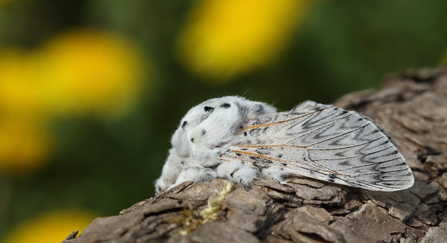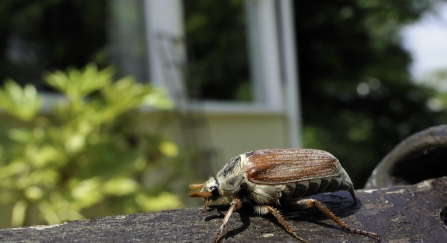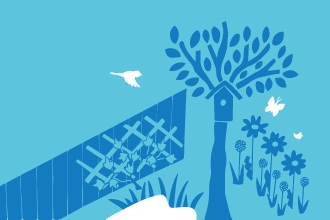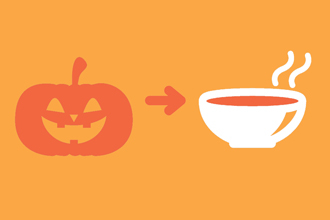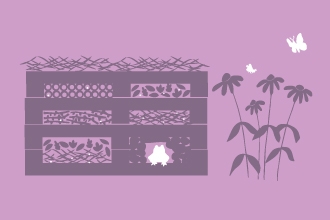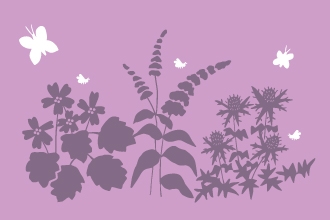Normally, at this time of year, many of my BBOWT colleagues and I would be in the field surveying the plants and wildlife of the three counties.
Now, due to the coronavirus restrictions, our horizons have narrowed, and the focus of our attentions has become more localised, but there is still much of interest to be seen and done.
I’m fortunate in having a small 20x15m garden. The wildlife and plants within it have never been scrutinised so closely. In a few short weeks of recording, I’ve recorded 71 species: 20 birds and 51 others including various mammals, amphibians, butterflies, moths, beetles, flies, wasps, bees, hoverflies, dragonflies, snails, slugs, and spiders.
Focusing on my immediate surroundings has turned up such delights as the extraordinary looking puss moth, St Mark’s fly, large red damselflies, and ashy mining bee.


